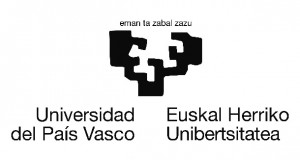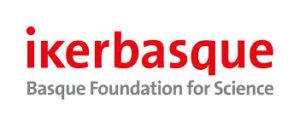Since the beginning of this century, the spin-flip (SF) method has emerged as a very attractive alternative to the MC approach in the electronic structure study of molecular species with a multi-reference character wave function. The SF methodology is based on the construction of electronic wave functions through promotions of α electrons into empty β spin-orbitals in combination with the use of a high spin single determinant as the reference configuration. The SF idea has been implemented and applied with a variety of electronic structure formalisms: equation of motion coupled cluster (EOM-SF-CC), configuration interaction (SF-CI), and density functional theory (SF-DFT).
In spite of the great success of these methods in the description of single bond dissociation processes, computation of singlet-triplet energy gaps in diradicals and doublet-quartet gaps in triradicals, the (standard) SF models also present some major drawbacks. The lack of spin completeness can result, in some unfavorable cases, in considerable spin contaminated wave functions. Also, their limited flexibility have kept these models from tackling molecules with more than three strongly correlated electrons. While the spin incompleteness issue was fixed for the simplest SF model, that is SF-CI with singles (SF-CIS), there have been some early attempts in order to increase the number of simultaneous SF excitations as a strategy to capture larger amounts of static correlation. Finally, these ideas evolved into a new family of SF methods based on the definition of a restricted active space (RAS-SF). This method is spin complete by definition, and allows for the action of a SF operator with any number of concomitant α → β excitations. The RAS-SF approach has shown to be a computa- tionally affordable and balanced approach to the study of ground and low-lying states with different spin multiplicities in molecules with some radical or multi-radical character. Recently, this methodology has been generalized to the case of non-SF excitation operators: excitation energy (RAS-EE), electron affinity (RAS-EA) and ionization potential (RAS-IP) operators.

